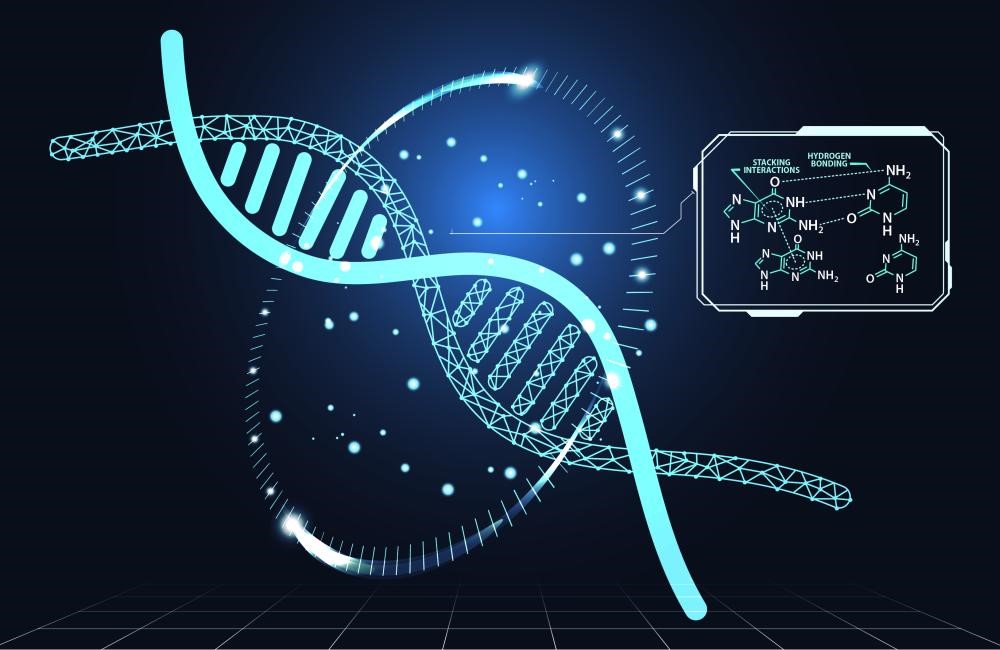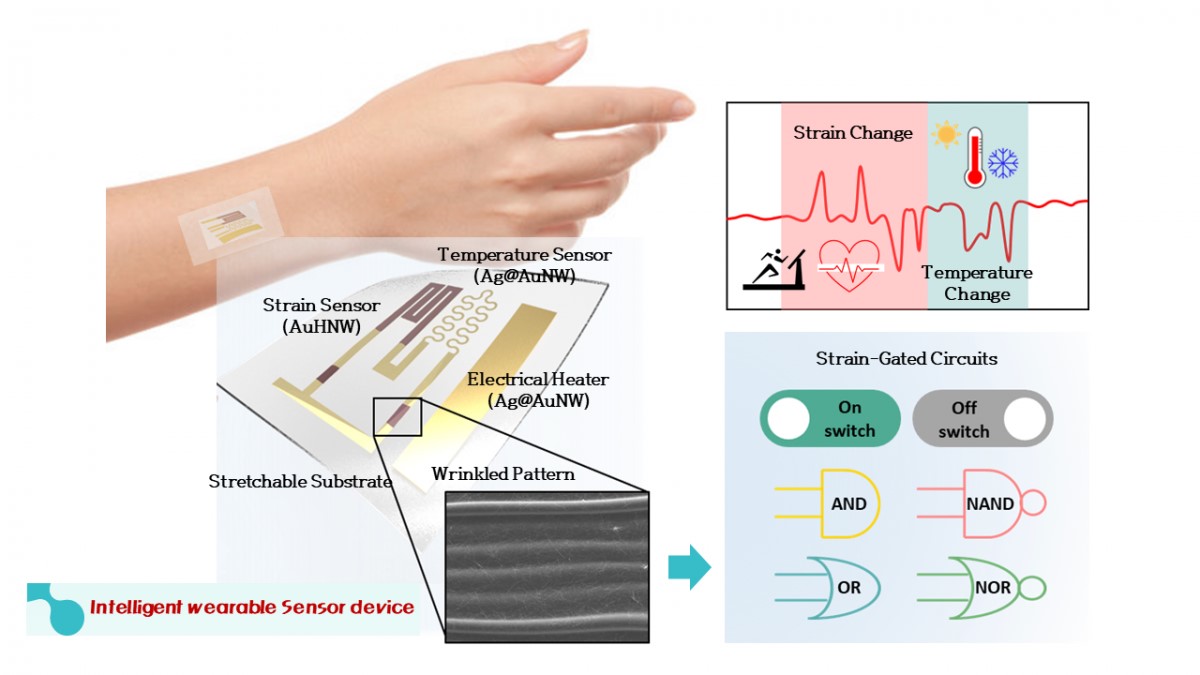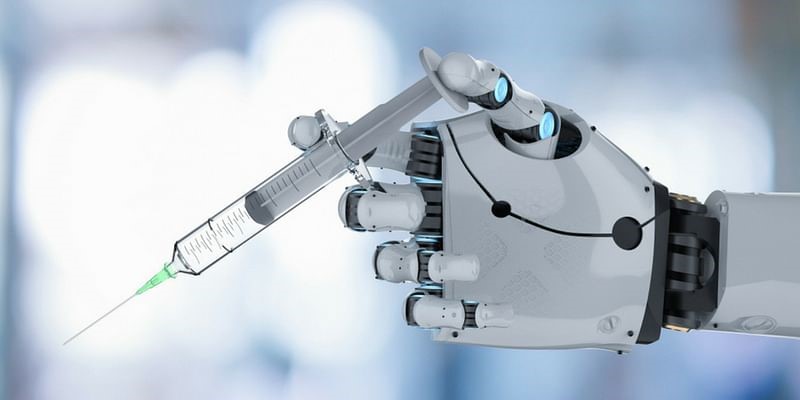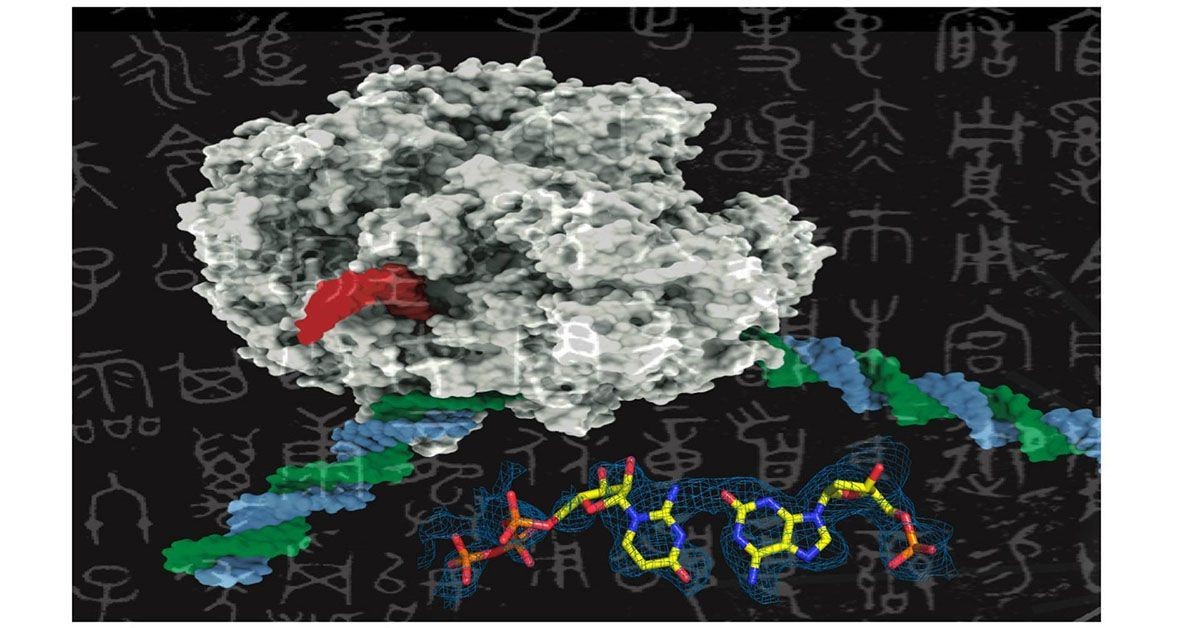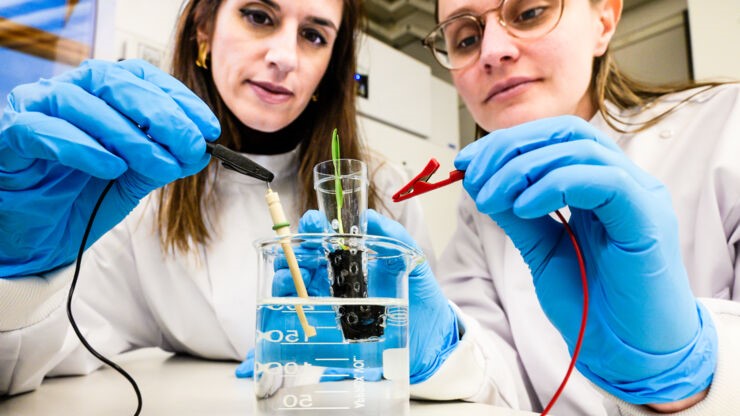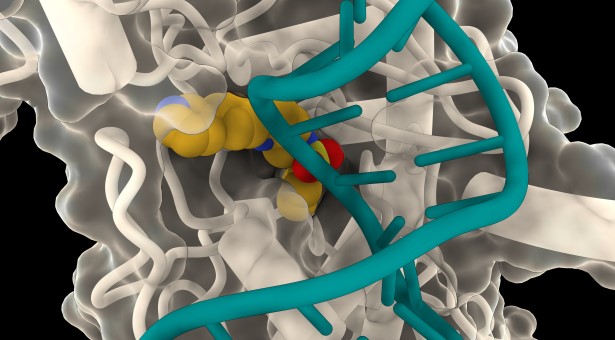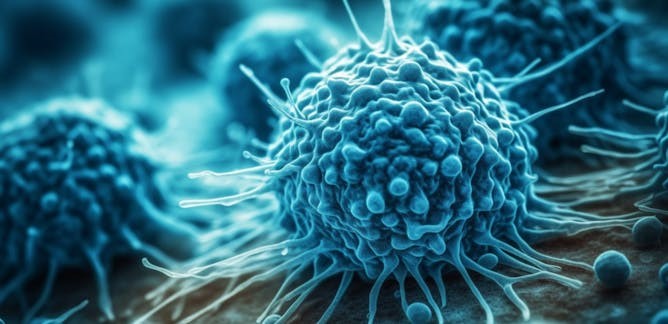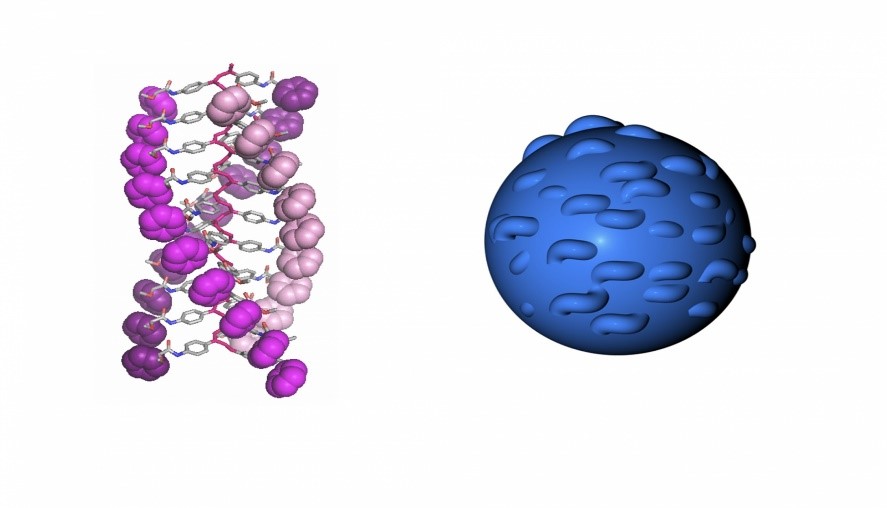Human Neurons Engage in a Waiting Game
Cellular maturation encompasses transcriptional, metabolic, and physiological changes that drive cell function. In human neurons, this process is notably prolonged compared to most other cell types, taking nearly two decades for some neuronal cells. One hypothesis suggests that this extended maturation period is integral to the unique characteristics of the human brain. "The reason we don't know if this is true is that we haven't been able to experimentally study the influence of developmental timing on neural circuit outcomes," said Pierre Vanderhaeghen, a neurobiologist at the Vlaams Institute for Biotechnology.

Figure 1. Human Neurons Engage in a Waiting Game.
In a recent Nature paper, a team from Memorial Sloan Kettering Cancer Center demonstrated that an epigenetic mechanism governs the maturation of human neurons by acting as a transcriptional barrier. Understanding these processes in brain development could enhance models and create opportunities to study brain disorders.[1]
Figure 1 shows human neurons engage in a waiting game. Gabriele Ciceri, a developmental biologist at Memorial Sloan Kettering Cancer Center and a study author, along with his colleagues, investigated the mechanisms underlying neuronal maturation in human neurons. "This pace observed in different species in vivo is maintained in in vitro models, suggesting the existence of an intrinsic component—a clock-like mechanism—that dictates the speed at which cells undergo certain processes," he explained.
To study the cellular controls of neuronal maturation, Ciceri and his team developed a method to culture human pluripotent stem cells (hPSCs) into time-synchronized neurons. They achieved this by inhibiting two pathways that promote cellular differentiation in hPSCs, generating neuronal precursor cells of the same age. These precursor cells were then differentiated into neurons.
Using these synchronized neuron cultures, the team monitored their gradual maturation over 100 days, observing the development of synapses, cell length, and electrical properties. Through RNA sequencing and assay for transposase-accessible chromatin (ATAC) sequencing, they demonstrated that genes involved in neuron excitability, connectivity, as well as metabolic and immunologic processes, activate progressively.
The researchers observed that a set of genes involved in chromatin organization and epigenetic pathways in precursor cells were downregulated over the maturation period and decided to investigate their role in controlling this process. They individually deleted a selection of these genes in neurons. The early loss of chromatin regulators during neuronal maturation led to an increased expression of maturation markers and heightened electrical activity earlier in cell development. The researchers demonstrated that most of these regulators were expressed in precursor cells, indicating their presence during stem cell differentiation.
Next, the team used pharmacological inhibitors to block histone-modifying enzymes during a portion of the culture process into precursor cells. Inhibition of three of these proteins independently resulted in accelerated neuronal maturation. The team focused on one protein in particular, enhancer of zeste homolog 2 (EZH2), due to its significant effect on controlling neuron maturation. When researchers inhibited EZH2 during precursor cell development, the neurons exhibited more action potentials, synapse markers, and maturation RNA expression compared to untreated cells.
Since EZH2 modifies DNA-bound histones by adding methyl groups, the researchers investigated distinct histone modifications in precursor and neuron cells throughout maturation and their relationship with maturation transcription. In precursor cells, some genes involved in synapse formation displayed both inhibitory and active histone patterns, indicating these genes were in poised states. Other genes showed inhibitory epigenetic signatures at earlier time points but later in maturation were associated with histone modifications that marked active transcription. Inhibiting EZH2 reduced the presence of inhibitory modifications in early neurons.
In addition to directly modulating the expression of maturation genes, the team demonstrated that genes for other chromatin regulators exist in poised states in precursor neurons, maintained by an EZH2-dependent inhibitory histone modification. Normal neuron maturation or EZH2 inhibition led to the activation of these regulators, contributing to cellular development. “We were somehow releasing this brake and allowing all those maturation genes to be expressed at a faster pace,” Ciceri explained.
Vanderhaeghen, who was not involved in the study, found the data on the influence of chromatin regulators on the rate of neuronal maturation convincing. However, he expressed interest in understanding how other factors, such as metabolism, interact with this observed barrier. “If you think of this as a clock, is this one clock or various clocks that interact with one another?” he asked.
Ciceri hopes that the findings and methods from this study will assist others in the field in investigating neuronal activity and development in more consistent maturation states. This could also be useful for studying neurons from different regions of the brain and for comparing maturation rates across species. “I am also interested in understanding more about the mechanism of regulation of these sorts of epigenetic clocks,” Ciceri said.
References:
- https://www.the-scientist.com/human-neurons-play-the-waiting-game-71900
Cite this article:
Gokila G (2024), Human Neurons Engage in a Waiting Game, AnaTechMaz, pp. 253


